Group test: BMW 740Le vs Lexus LS500 vs Mercedes S560e

Money corrupts. Such is the human desire for power and prestige associated with money that even the slight whiff of third-party wealth can influence our psyche. That’s what we learned when we drove the BMW 740Le, Lexus LS500 and Mercedes-Benz S560e up to Penang recently; a trip that involved the vigorous use of indicators (even in the Bimmer) directed at one stubborn Myvi after another on the fast lane. Did we feel bad? Somewhat. But the guilt doesn’t linger when it’s justified by genuine substance in our RM2.6m three-limousine convoy – each loaned vehicle charming us with straight-line grace and a riveting passenger experience.
The controversial, chrome-faced Bimmer in “Pure Excellence” trim we started our 370-km drive in was particularly eager to stretch its legs beyond Selangor’s borders. Despite being the only car with an in-line six-cylinder engine here, BMW’s facelifted entry is the least powerful car of the trio, and the only one that’s not rear-driven at that. In a way, it’s a tip of the hat to Munich’s past and present. And the resulting 389bhp and 600Nm – electric buzz included – certainly nailed the balance of effortlessness and composure that has defined generations of BMW saloons leading up to the brand’s current crop of driver-oriented plug-in hybrids.
The Bavarian honeymoon did not last long, though. When the 740Le’s 46km worth of EV juice ran out, so did its panache. Having the output limited to the petrol mill’s 282bhp is one thing; the engine is further strained by recharging duties, losing its sultry straight-six croon to a coarser tune in the process. And since the similarly electrified Mercedes had its marginally larger battery (13.5kW/h vs the BMW’s 12kW/h) drained at this point too, the most expensive driver’s seat on the menu naturally became the next subject of interest.
While the likes of BMW and Mercedes-Benz try to keep their flagships within the realm of affordability (relative to their affluent audiences) through local assembly, Lexus prefers to uphold the purity of the LS by keeping the manufacturing process within the walls of its Tahara factory in Japan. This has been the trend since the first LS400 rolled onto the road in 1989; the very reason the LS500 Executive costs more than both its German rivals combined. And at nearly RM1.4m on-the-road, the stately Asian ambassador certainly felt like it was in a league of its own.

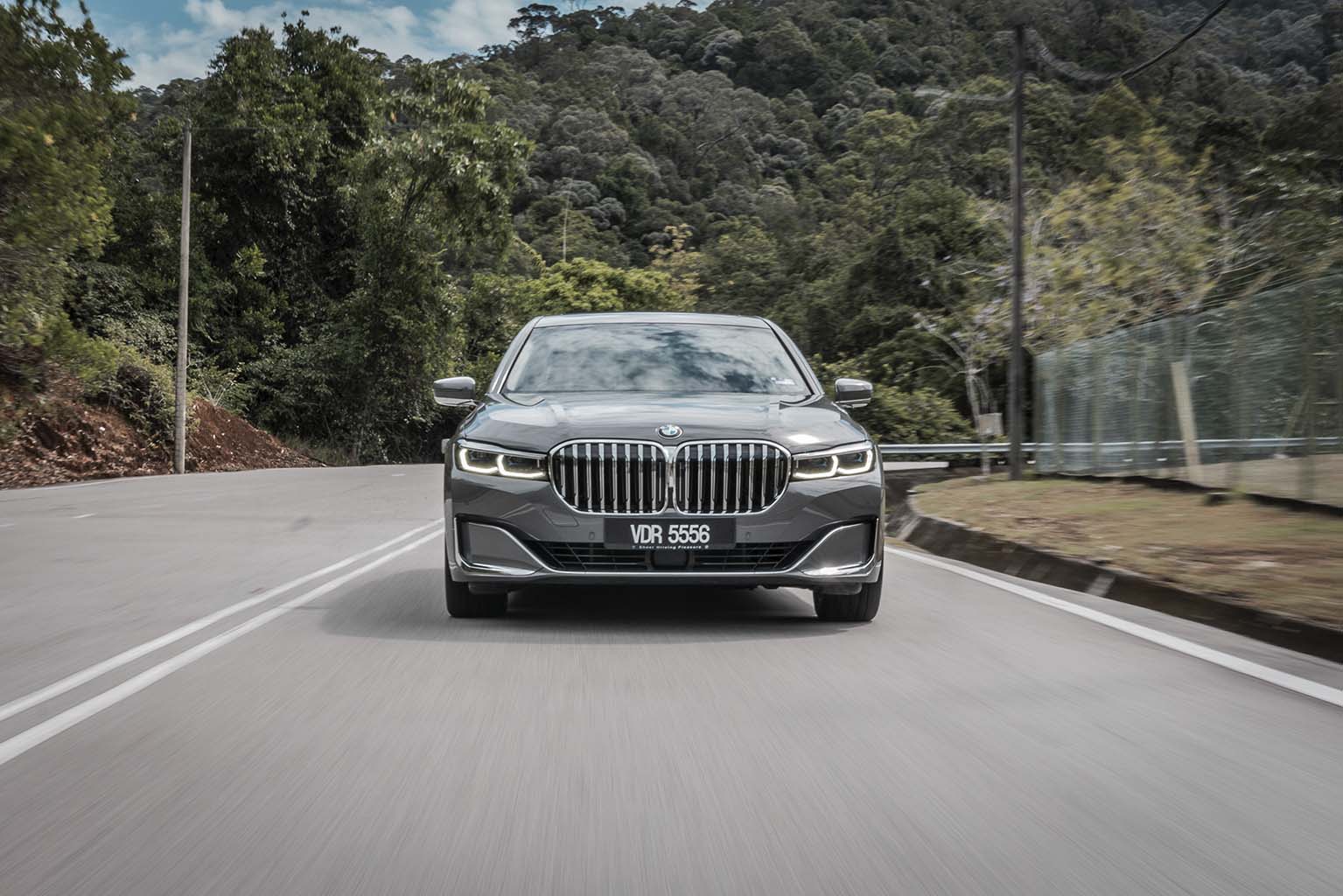


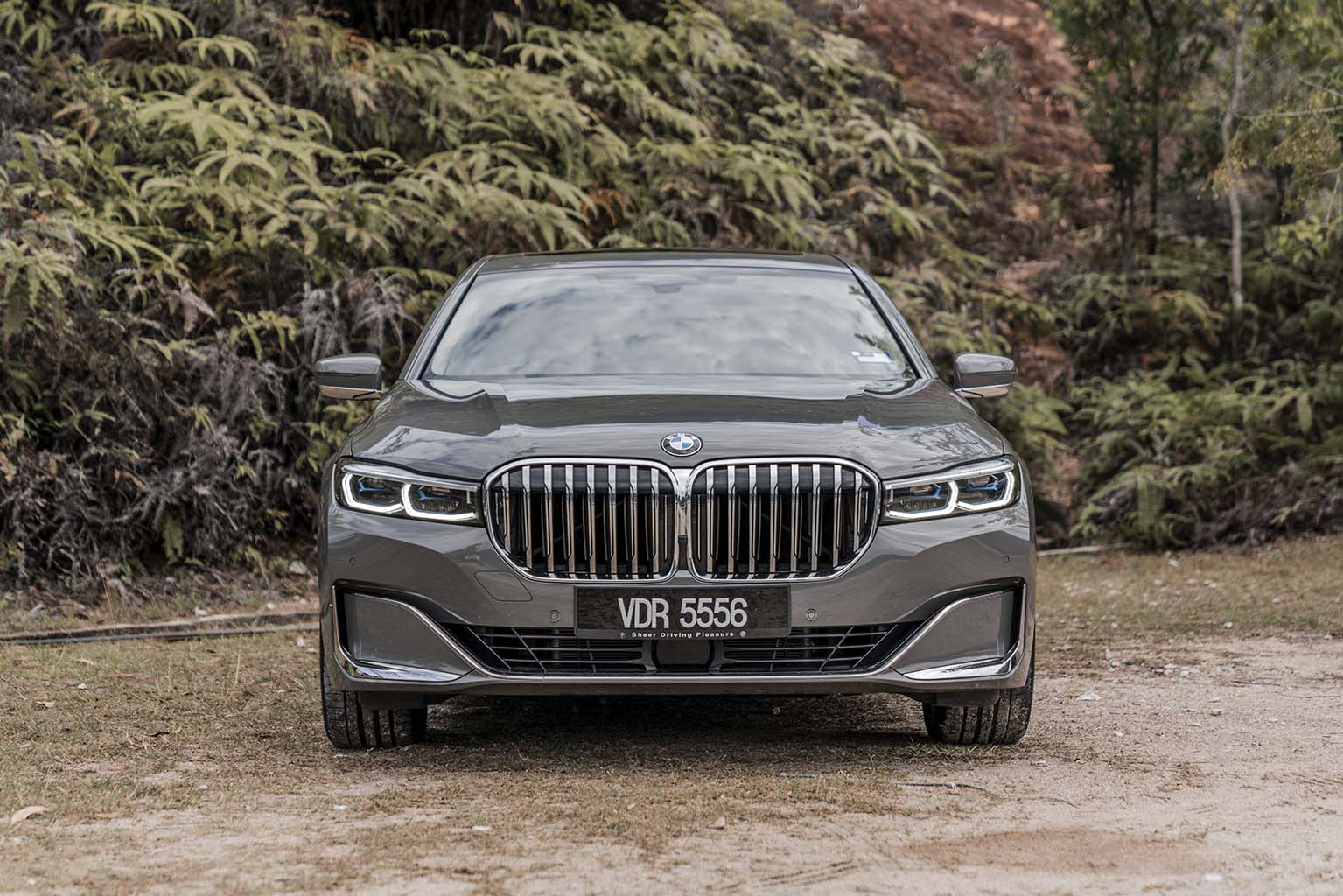



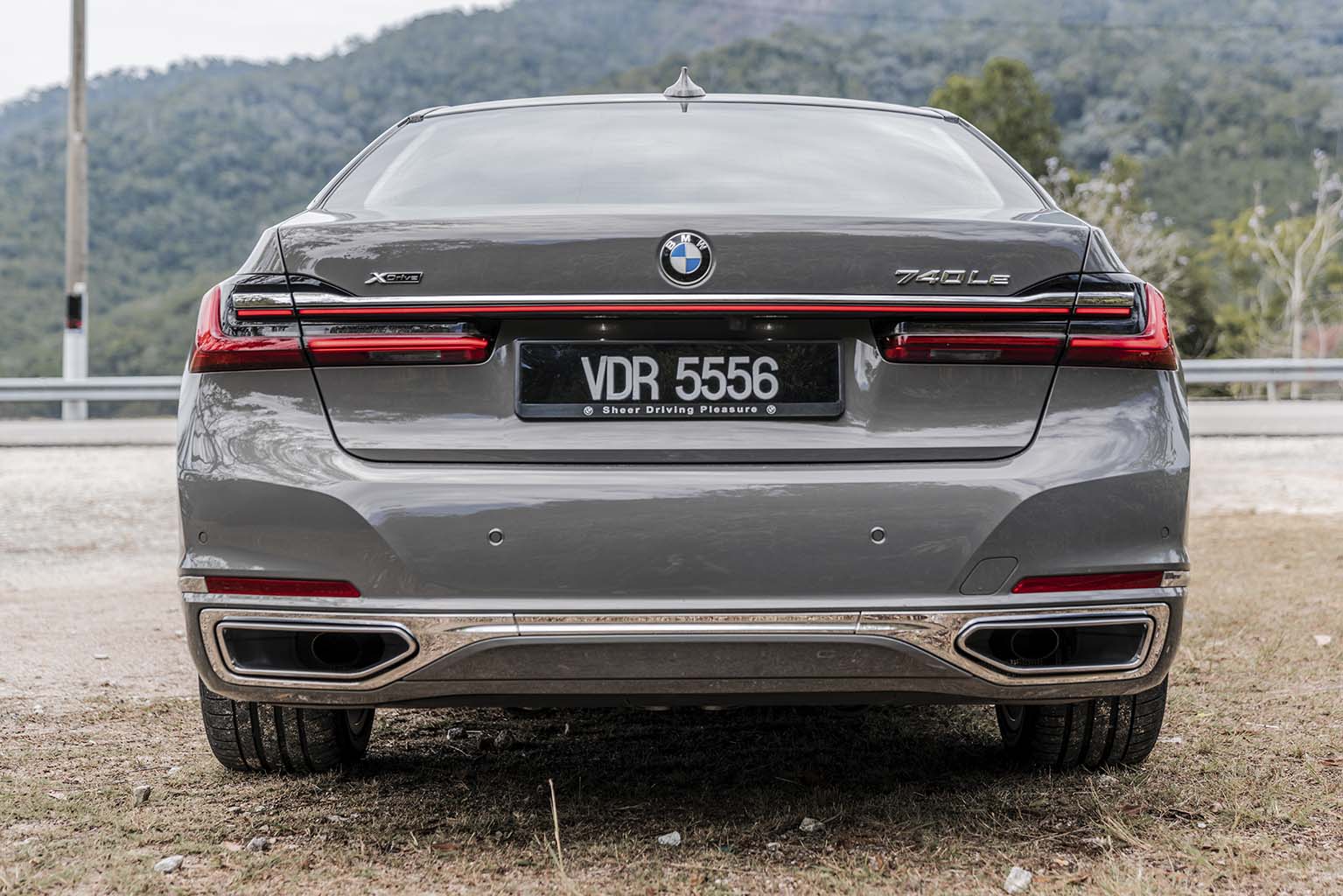





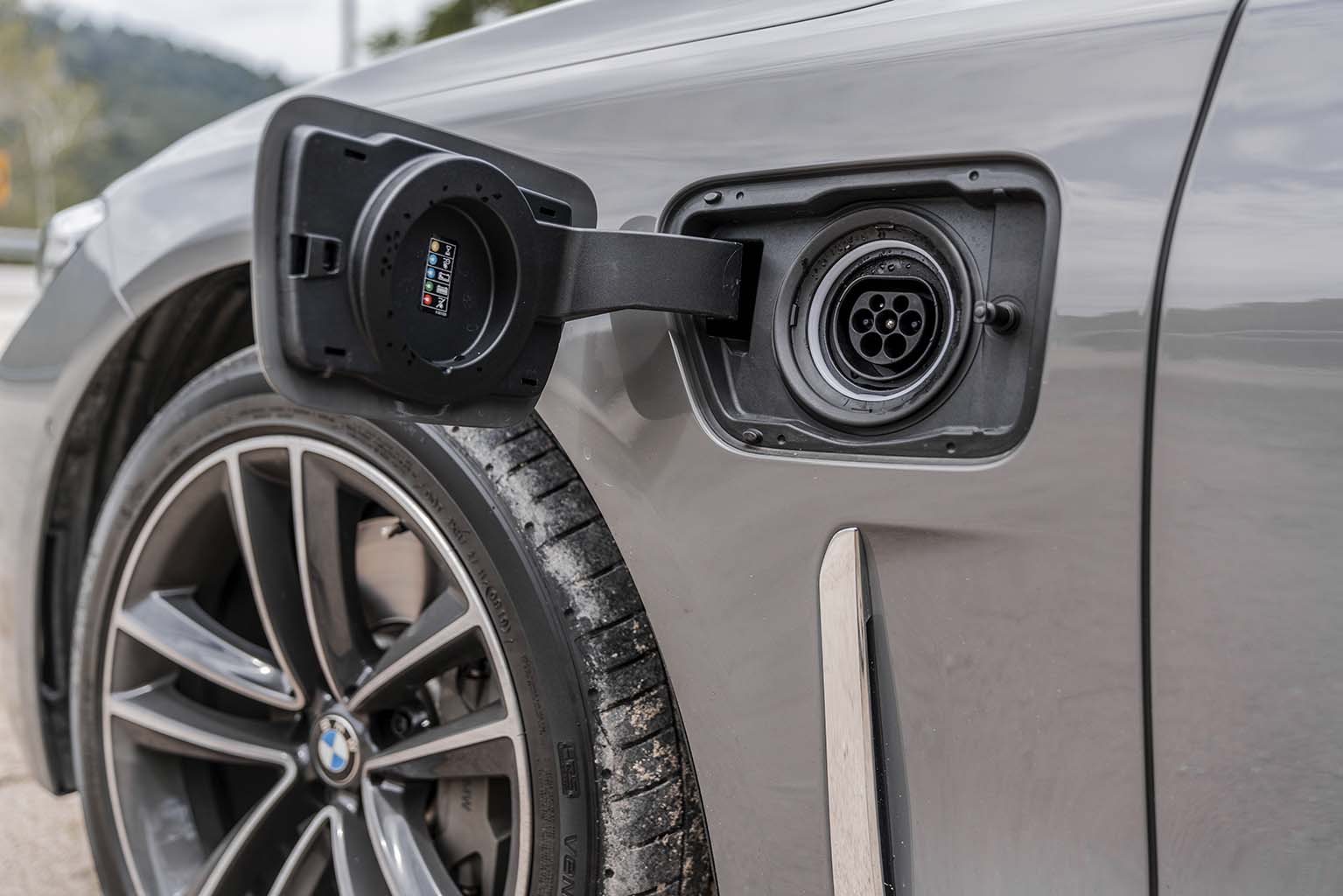





BMW 740Le (RM594,800)

The LS500 asserts its distinct brand of luxury by making you question your own senses – making you wonder if your entire life leading up to the first step into its exquisite confines has been a lie. What seemed like a delightfully serene and quiet cabin in the G12 Bimmer was no match for the Lexus’s isolation chamber; one which rewards four of its inhabitants with arguably the best automated massage you can ever receive inside a moving vehicle. It’s a far cry from the 740Le’s weak excuse of a back rub that’s reserved for rear passengers. But omitting a feature that might lull the driver to sleep is probably for the better.
That’s not to say you’ll get bored behind the wheel of the Lexus. It’s actually quite the contrary, with the non-electrified LS500 performing with the highest degree of consistency over the entirety of our KL-to-Penang drive. What it lacks in instantaneous electric torque it makes up for in sheer displacement, with the 415bhp twin-turbo 3.5-litre V6 oozing vigour and charisma when rallied on the straights. Its strict petrol diet felt sweeter when we had to make a fuel stop just after exiting the Second Bridge – the BMW’s puny, 46-litre tank needing a refill at this point while the Lexus still had more than half a tank to go. Not that we needed that much to get to our hotel in Batu Ferringi.
As our entourage lined up along the lobby of the Rasa Lounge in Shangri-La’s Rasa Sayang Resort & Spa to the watchful eyes of the hotel’s wealthy guests, three things became clear. First and foremost was how skilled and polished the Lexus proved to be in the company of two of the segment’s most venerable nameplates – impressive though not entirely unexpected given its stratospheric price tag. Second is BMW’s dynamically-biased engineering philosophy that continues to prevail despite the 740Le’s power deficit, when its battery is charged that is. Yet, all the praises we can sing about these cars are still held to point number three: that the S-Class remained the limo to beat.

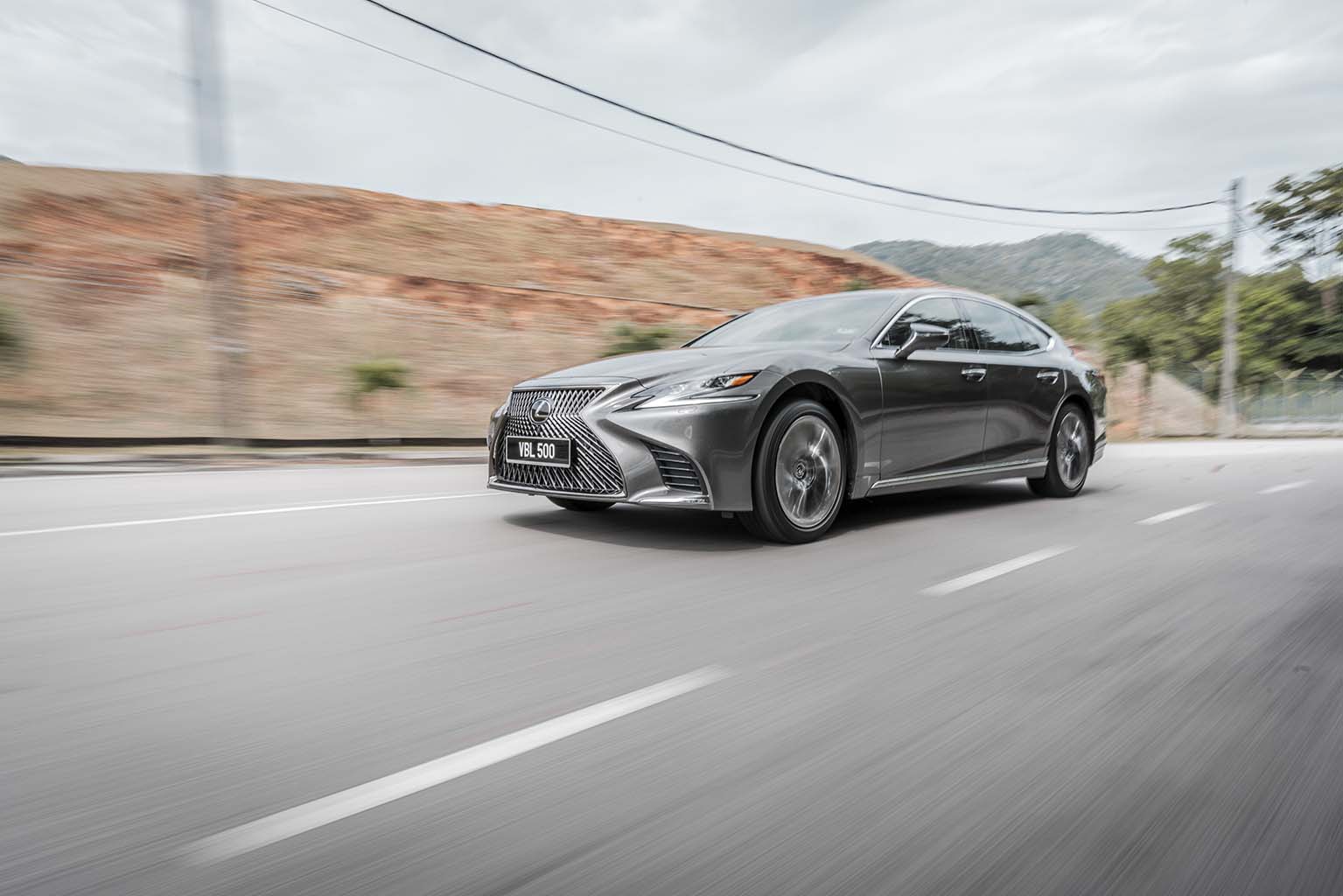









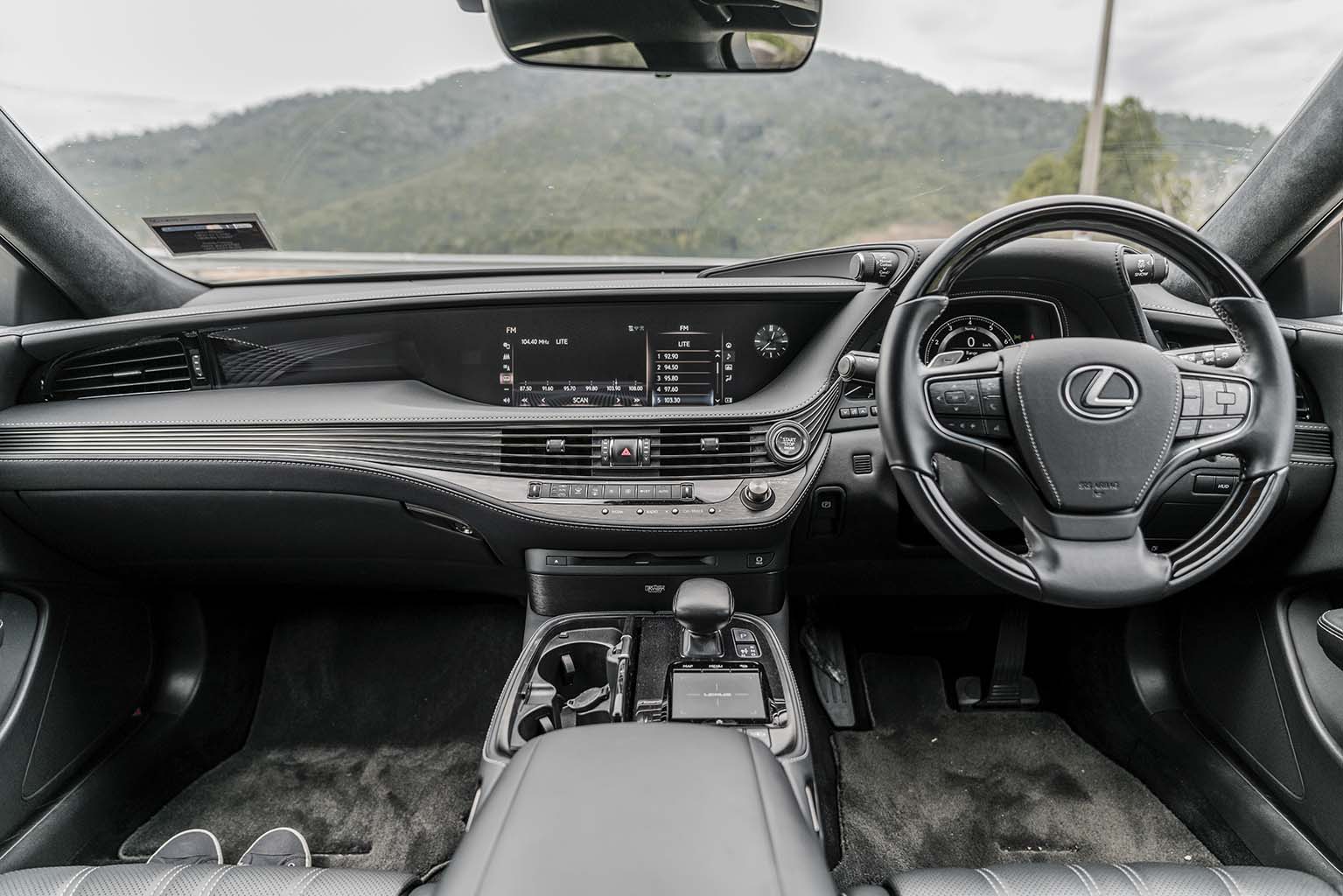



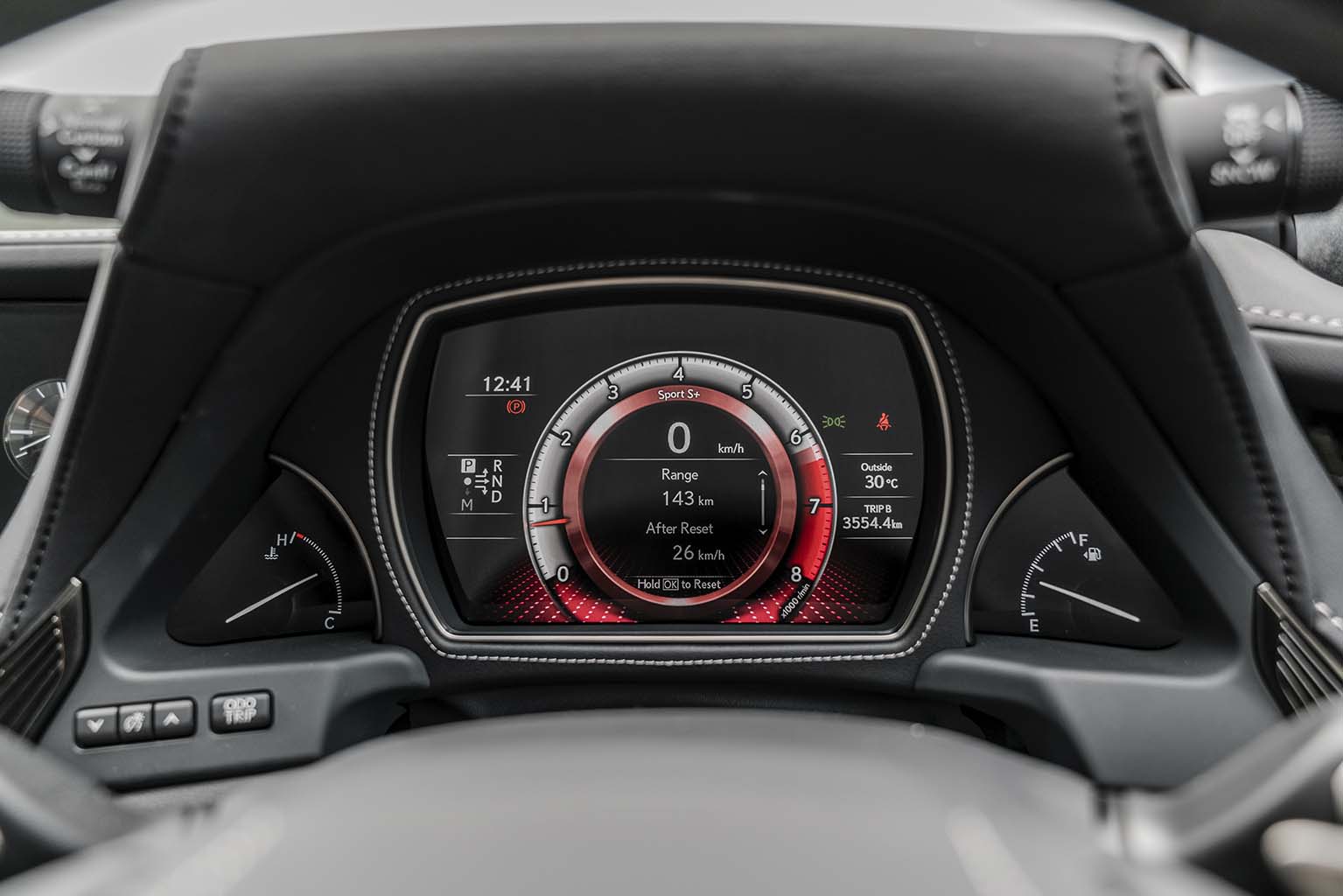




Lexus LS500 Executive (RM1,358,800)
The order of business would have stayed the same even if the S560e was not the brawniest number of the lot. Obviously, a combined 469bhp and 700Nm is still something – that’s 100Nm more rear-driven torque than you’d get in a Lamborghini Huracan Performante. But the plug-in S-Class isn’t one to flex its muscle over its EQ Power badge. Floaty dynamics paired to light steering and throttle response remind the driver, in true limousine fashion, that he isn’t on top of the Merc’s priority list. That privilege goes to the lucky backbencher, particularly the one seated right behind an unoccupied front passenger seat.
Despite being the most accessible S-Class variant in Malaysia due to EEV tax breaks, the S560e is equipped with what Mercedes aptly calls a “Chauffeur Package”. This allows the occupant seated diagonally from the driver to stow the front passenger away by 77mm at a push of a button to open up more legroom and reclining possibilities just like a business class seat in a long-haul flight. The same can be done in the LS500, but Lexus’s frustratingly unintuitive user interface was a real put-off – the amazing massage is the only thing that was worth the hassle. Nevertheless, there’s something wickedly excessive about limiting the occupancy of a five-metre long car for one’s personal comfort.
BMW 740Le
Lexus LS500
Mercedes S560e
An extravagant passenger experience is the hallmark of a limousine that’s worth its weight in gold after all. And you can’t really complain about the hospitality in the back of any of these cars. Sure, there are some differences in first impressions. The Merc, for starters, felt like it had the roomiest cabin and the most delicate upholstery right off the bat. Things in the Lexus’s back come across as more intricately-crafted and better insulated – the Japanese obsession for detail most evident in its Kiriko glasswork and hand-pleated door trims. And while the rear quarters of the sub-RM600k 7-Series looked very straightforward in comparison – a removable Samsung tablet being its only unique selling point – the Bimmer was still the go-to car for the driver at heart.
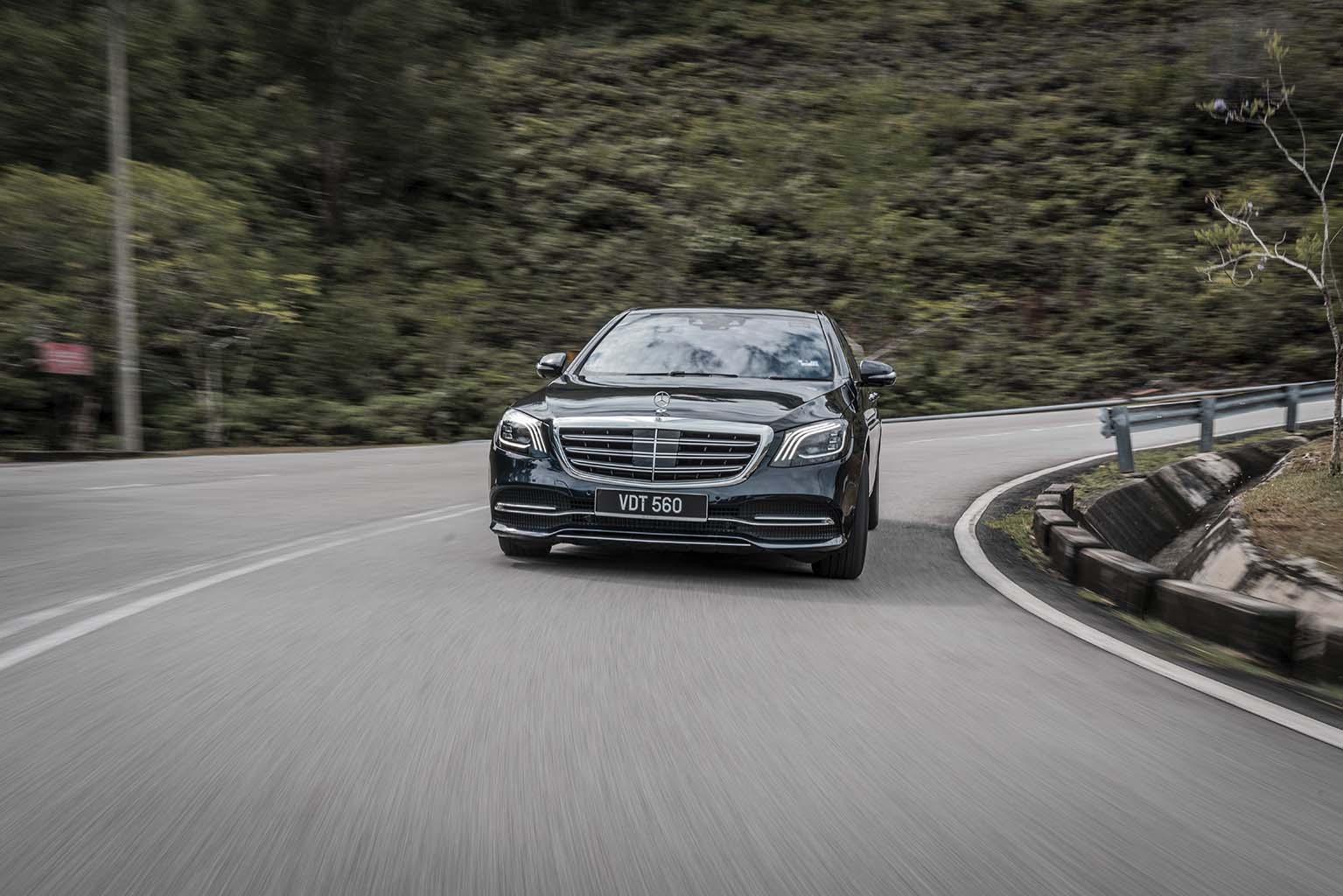


















Mercedes-Benz S560e (RM658,888)
This quality resurfaced when we took on the winding roads of Teluk Bahang after a night of recharging for the PHEVs and their drivers. Reinvigorated, the 740Le was in its element here, its xDrive setup doing an expert job of keeping its heft in check around the bends (the BMW is actually 50kg lighter than the Lexus and 130kg lighter than the Merc to begin with thanks to its “Carbon Core” chassis). We just wish it had the range of the S560e, both petrol and electric, to keep the fun going a little longer between plug-ins.
A deeper dive into the powertrain parameters of the S560e and 740Le will simply prolong the war between the Mercedes S-Class and BMW 7-Series that has already been going on for eons. Stuttgart certainly seems to have engineered the more practical solution to low-emission luxury but the Bavarians will continue to take pride in formulating a more dynamically-sound package. While all of those punches are traded, the perpetually calm and graceful Lexus, unburdened by the complexities of electric propulsion, continues to prove that life’s greatest pleasures are often the simplest (albeit the most expensive in this case).

BMW 740Le (CKD)
Price: RM594,800
Engine: 2,998cc 6-cyl turbo, 83kW electric motor 389bhp, 600Nm (combined)
Performance: 0-100kph in 5.1 secs, 250kph
Economy: 2.8l/100km, 46km range
Lexus LS500 Executive (CBU)
Price: RM1,358,800
Engine: 3,445cc twin-turbo V6, 415bhp, 600Nm
Performance: 0-100kph in 5.0 secs, 250kph
Economy: 9.5l/100km
Mercedes-Benz S560e (CKD)
Price: RM658,888
Engine: 2,996cc twin-turbo V6, 90kW electric motor 469bhp, 700Nm (combined)
Performance: 0-100kph in 5.0 secs, 250kph
Economy: 2.5l/100km, 50km range

So how can a newly-appointed CEO get the most out of his transport kitty?
The LS500 Executive certainly felt like the most accomplished and well-balanced car of the lot if money were absolutely no object, not that you’d expect any less for the combined price of the rivalling Germans with some cash to spare. It has copious amounts of character too – something Japanese cars often struggle with against European rivals. But to ascertain which limousine returns the most value is a task made impossible by the fact that you can’t really buy a bad car at these prices. Let’s just say the S-Class, though still a luxury icon, isn’t an automatic choice any more.
Luxury comes in many likeable flavours and we refuse to be the villain who singles out one over another. That valuable lesson hit us as we struggled to pick something out for dinner at the Pulau Tikus market on our last night out in the Pearl of the Orient. And as the lights went out to signal the end of our little escapade, we can’t think of any other car we’d rather be driven in around an island as metropolitan yet rustically charming as Penang.

Note: This drive was conducted in February 2020. Please comply with the ongoing movement control order as per the government's guidelines.

